Tesla has initiated a recall of over two million vehicles. The recall is in response to concerns that drivers might be misusing the autopilot feature, as highlighted in a probe by the U.S. auto-safety regulator.
While this recall might impact Tesla’s public image, it is not expected to be a significant financial burden for the company or restrict access to its advanced driver-assistance features.
Implementing a Software Solution

To address these concerns, Tesla plans to roll out a software update remotely. This update is designed to increase the number of alerts and controls to ensure drivers remain attentive while using the autopilot system.
According to the recall report, these enhancements aim to improve safety without reducing the system’s functionality or driver experience.
Regulatory Scrutiny of Tesla’s Autopilot
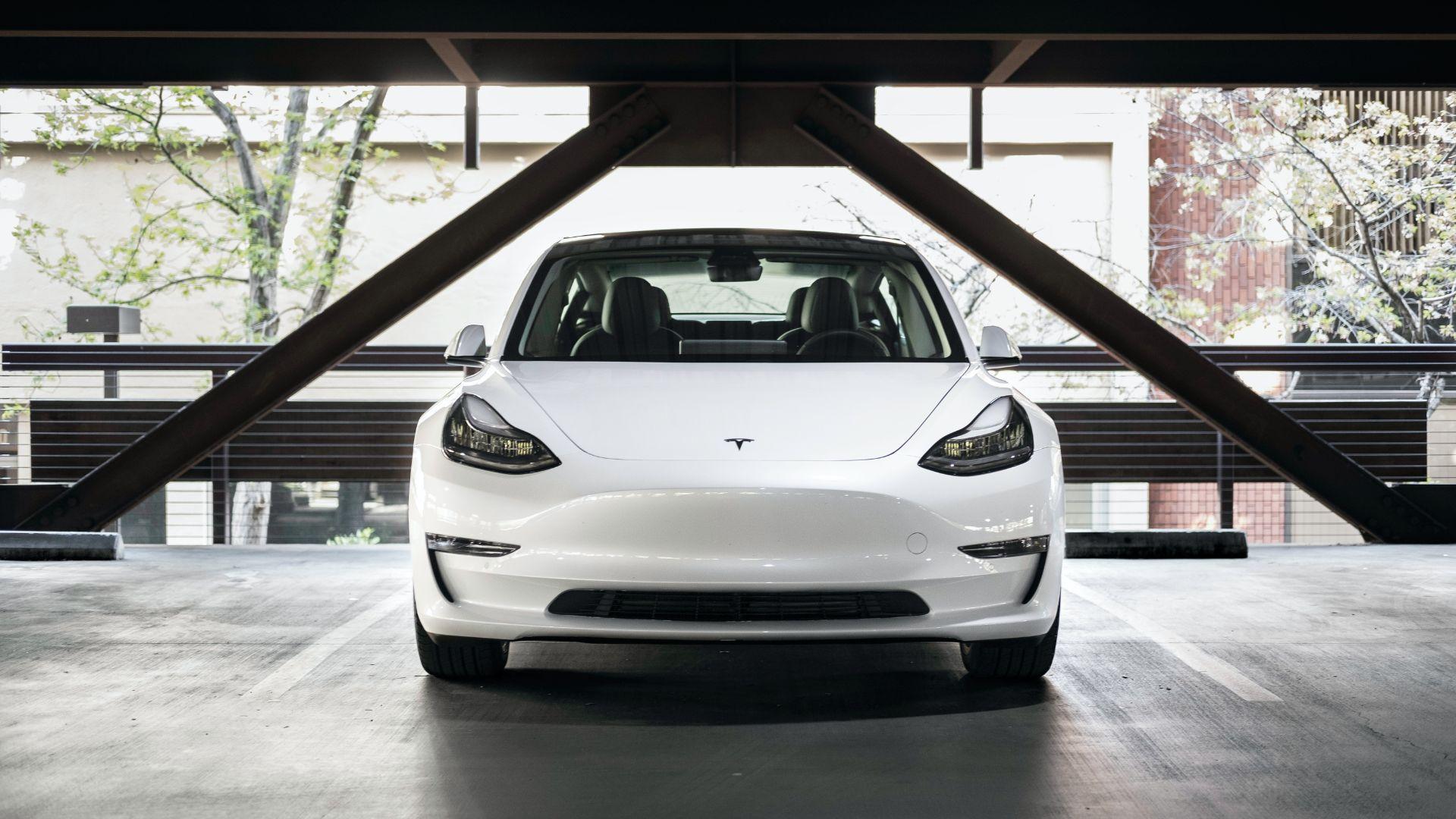
The National Highway Traffic Safety Administration has been closely examining Tesla’s autopilot system following several high-profile crashes.
The investigation raises questions about whether Tesla’s promises about the system’s capabilities may have been overstated. Autopilot, while advanced, is not a fully autonomous system and still requires driver attention and intervention.
Tailored Updates for Different Tesla Models

The specifics of the update will vary depending on each vehicle’s hardware. According to the recall report, changes could include more visible visual alerts, simplified engagement and disengagement of the automatic steering function, and increased checks on driver attention under certain conditions.
This approach indicates Tesla’s commitment to individualized safety measures for each vehicle model.
Safety Claims and Market Response
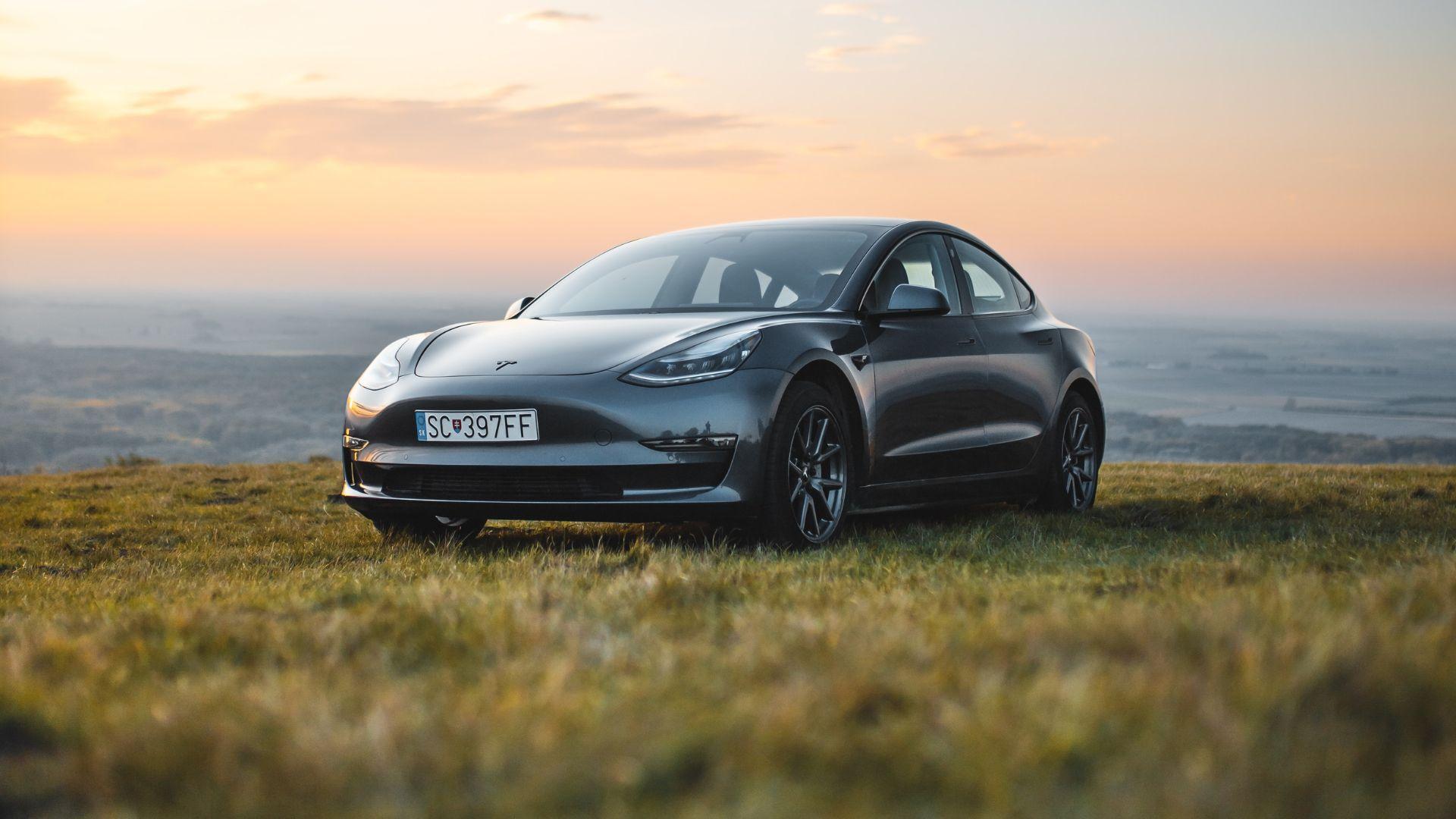
Tesla maintains that driving with autopilot is safer than without, citing internal data to support this claim.
Despite the ongoing investigations and recall, Tesla’s stock showed resilience, rising slightly in the wake of the announcement.
Details of the Recall
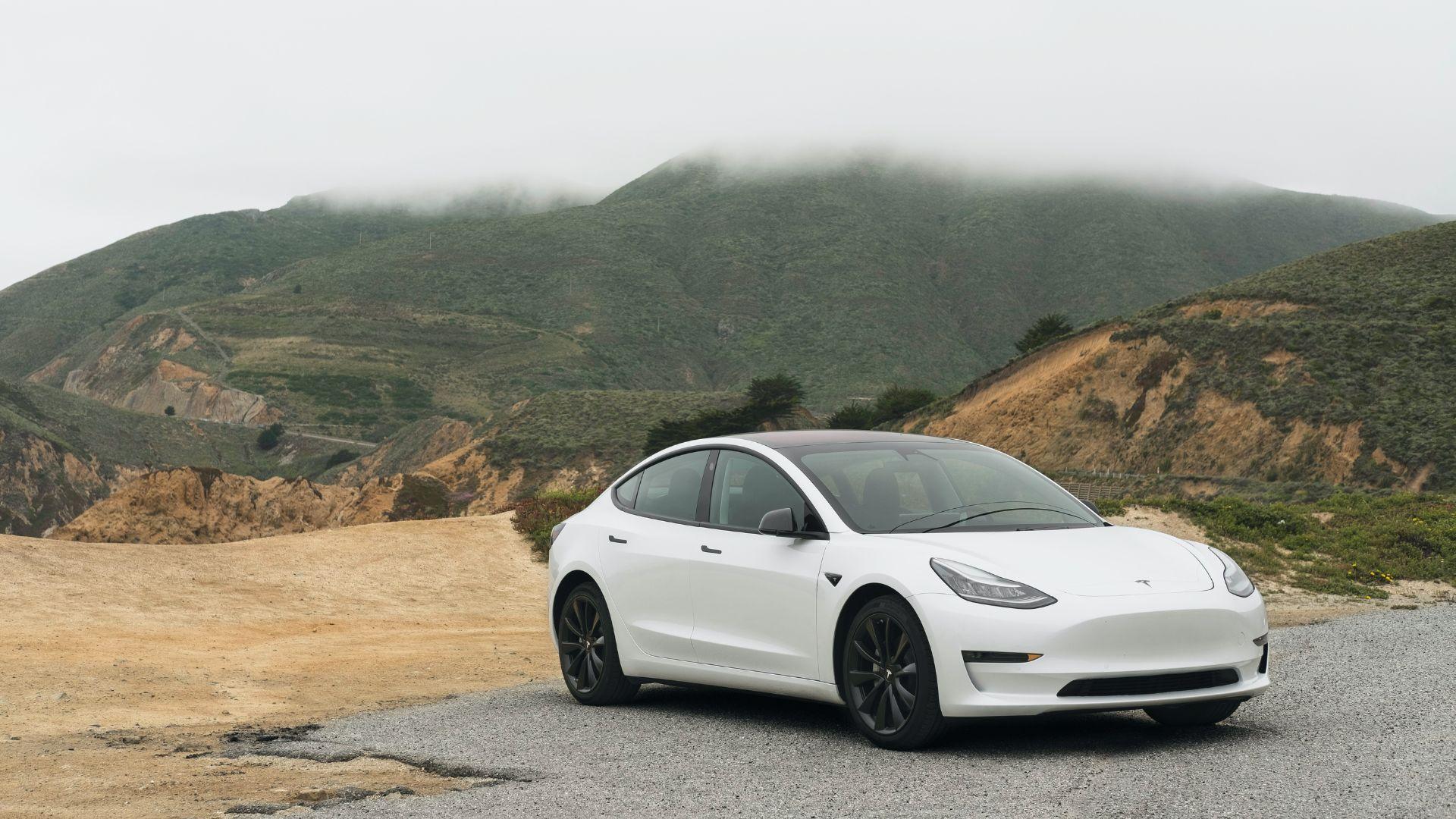
The safety recall affects Tesla Models 3, S, X, and Y, produced between late 2012 and December 2023, equipped with the automatic steering function.
This extensive recall demonstrates Tesla’s proactive approach to addressing potential safety issues associated with its autopilot technology.
The Debate Over the Autopilot Name
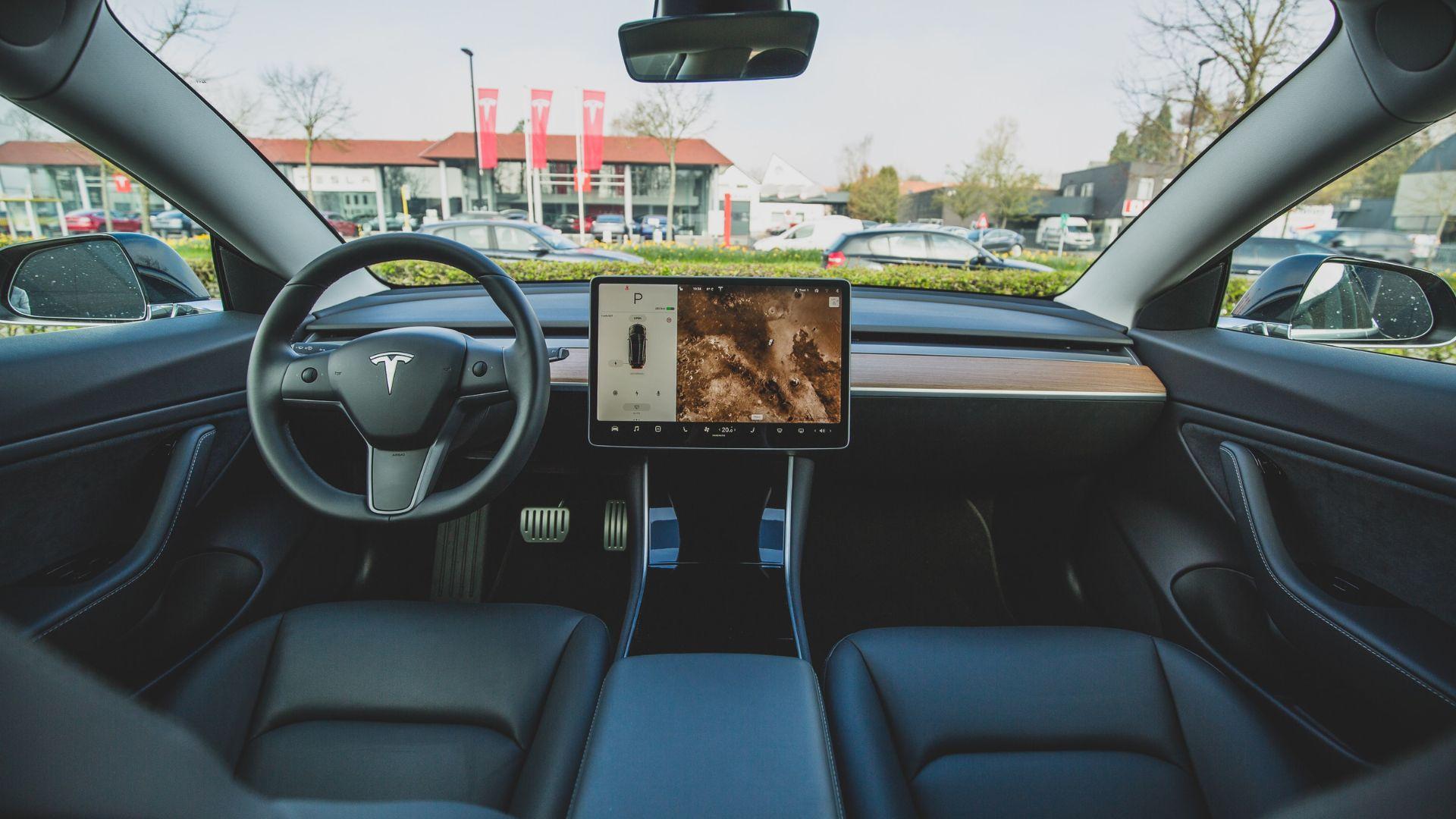
Critics have raised concerns that the name “autopilot” might give drivers an exaggerated sense of the technology’s capabilities, potentially leading to misuse.
These concerns demonstrate the importance of clear communication about the limitations and proper use of advanced driver-assistance systems.
User Behavior and Autopilot

There have been instances where drivers have overridden autopilot’s safety functions to operate the vehicle without hands on the wheel.
This behavior demonstrates the potential for misuse of the system and raises questions about driver responsibility when using advanced driver-assistance systems.
Expanding NHTSA Investigations
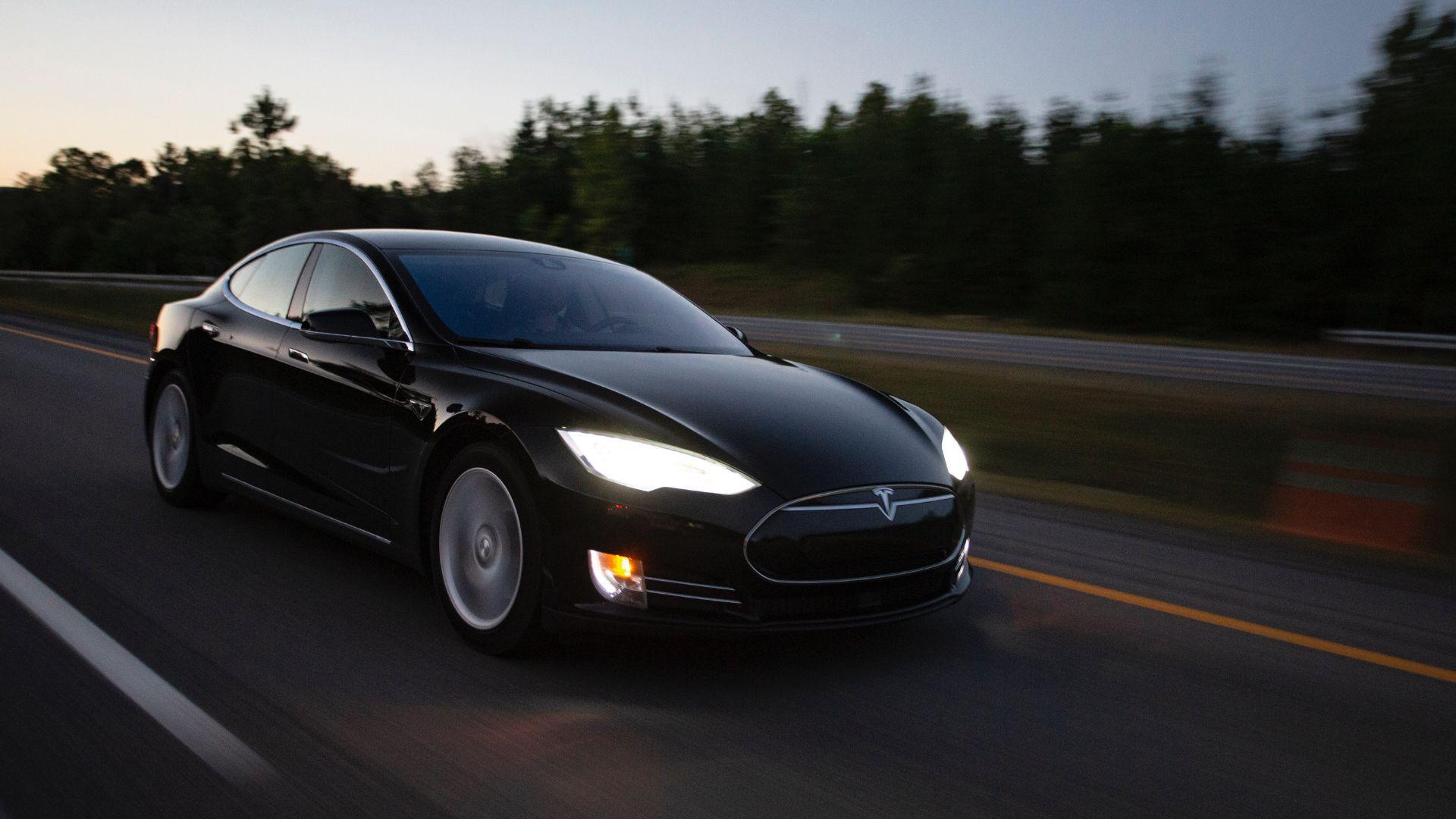
In 2021, the NHTSA opened an investigation into Tesla’s driver-assistance system after a series of crashes involving autopilot.
The agency later expanded this examination to include a broader range of crashes, not just those at emergency scenes, to assess how drivers interact with the autopilot system and its impact on driver attentiveness.
Real-Life Consequences of Misuse
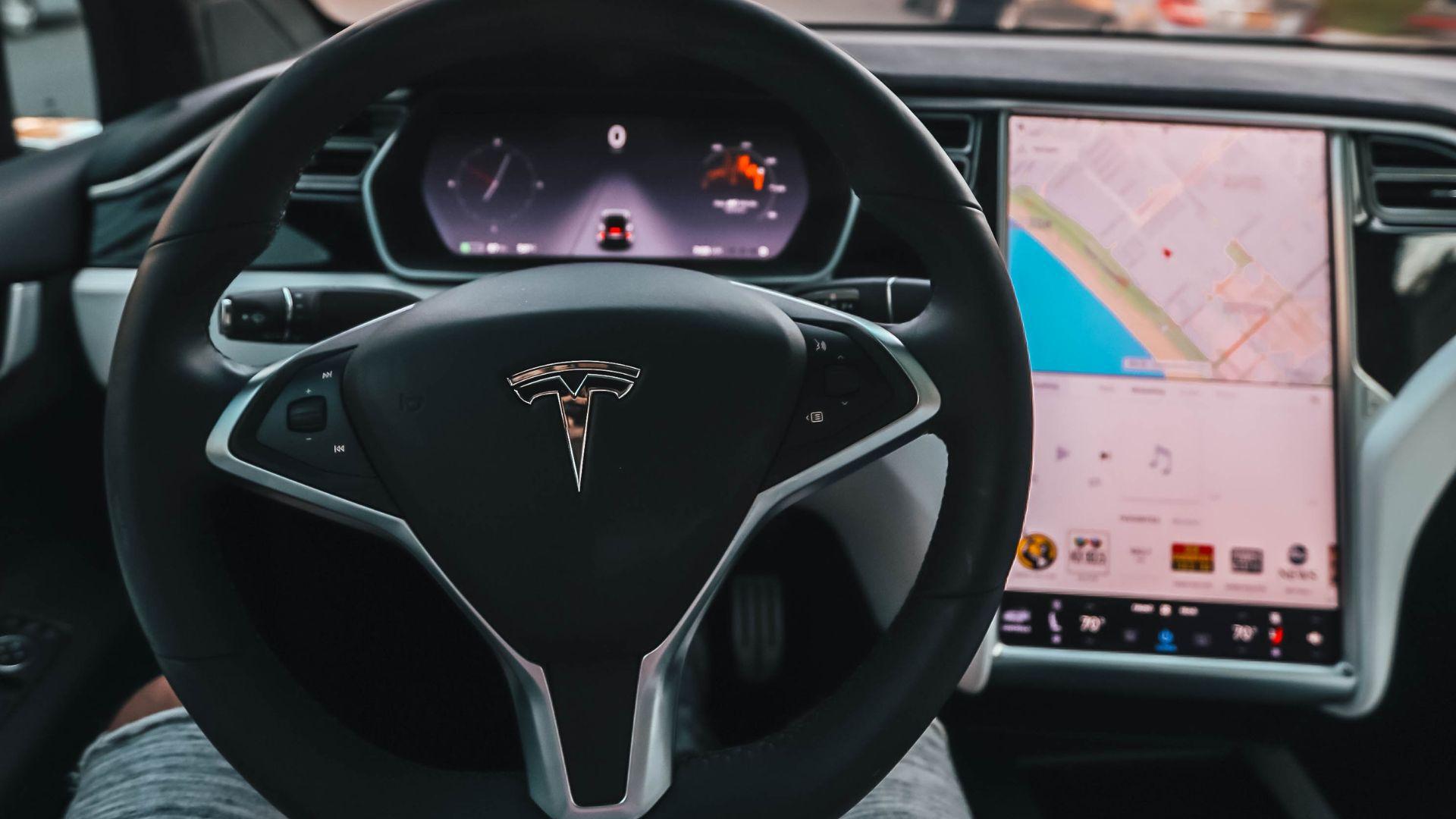
A fatal incident in Virginia involving Tesla’s autopilot system highlights the dangers of misuse. In July, a driver using Autopilot collided with a tractor-trailer, resulting in a fatality.
The Tesla was reportedly traveling at approximately 70 miles per hour in a 45 mph zone. This case is a clear example of the importance of responsible autopilot use and adherence to speed limits.
Federal Investigations into Tesla’s Claims
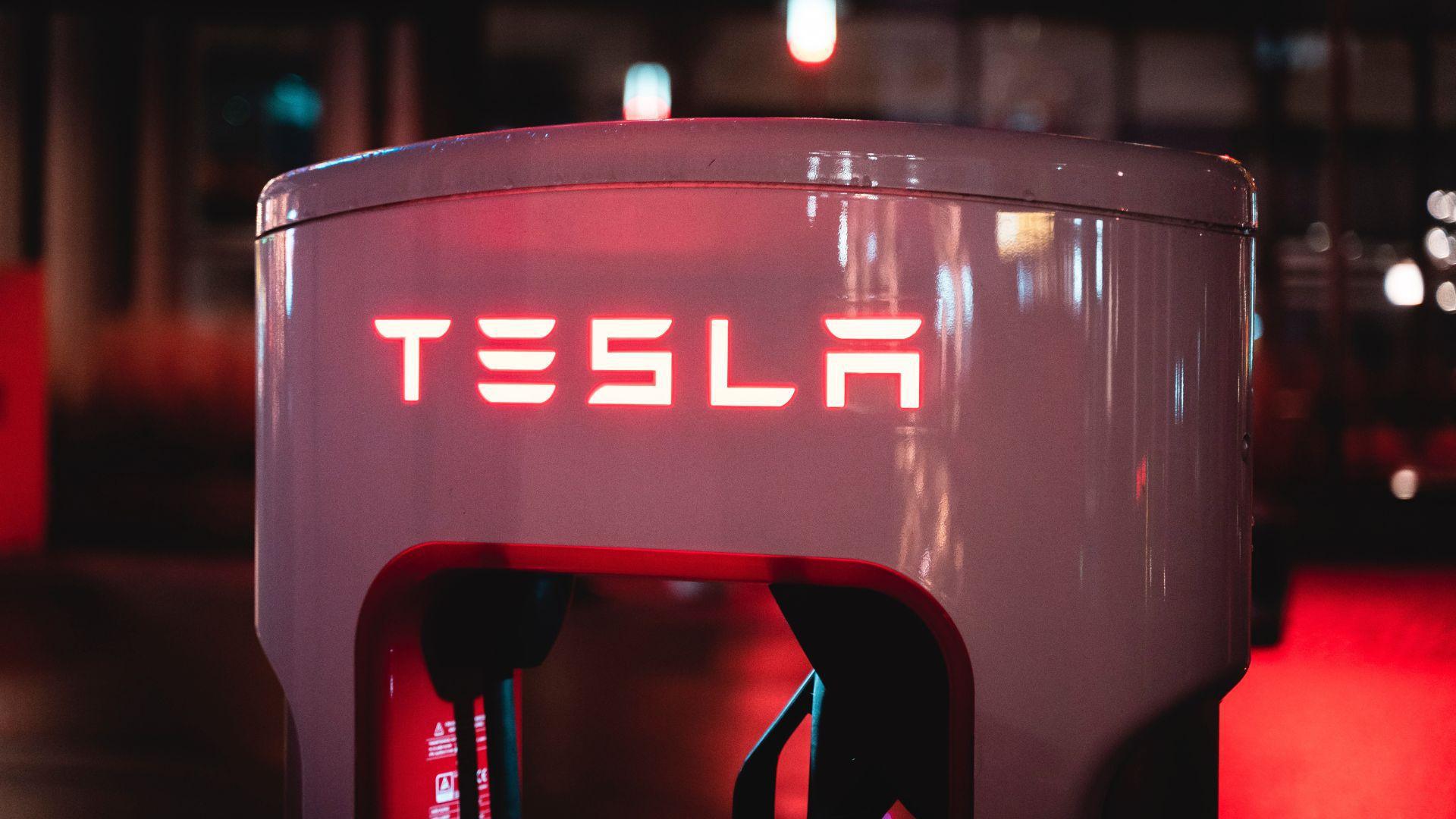
Federal prosecutors and the Securities and Exchange Commission (SEC) are investigating whether Tesla has misled consumers and investors about the performance of its autopilot system.
The Justice Department is particularly focused on statements by Tesla and its executives regarding the safety and functionality of autopilot.
Tesla’s Future Plans and Challenges
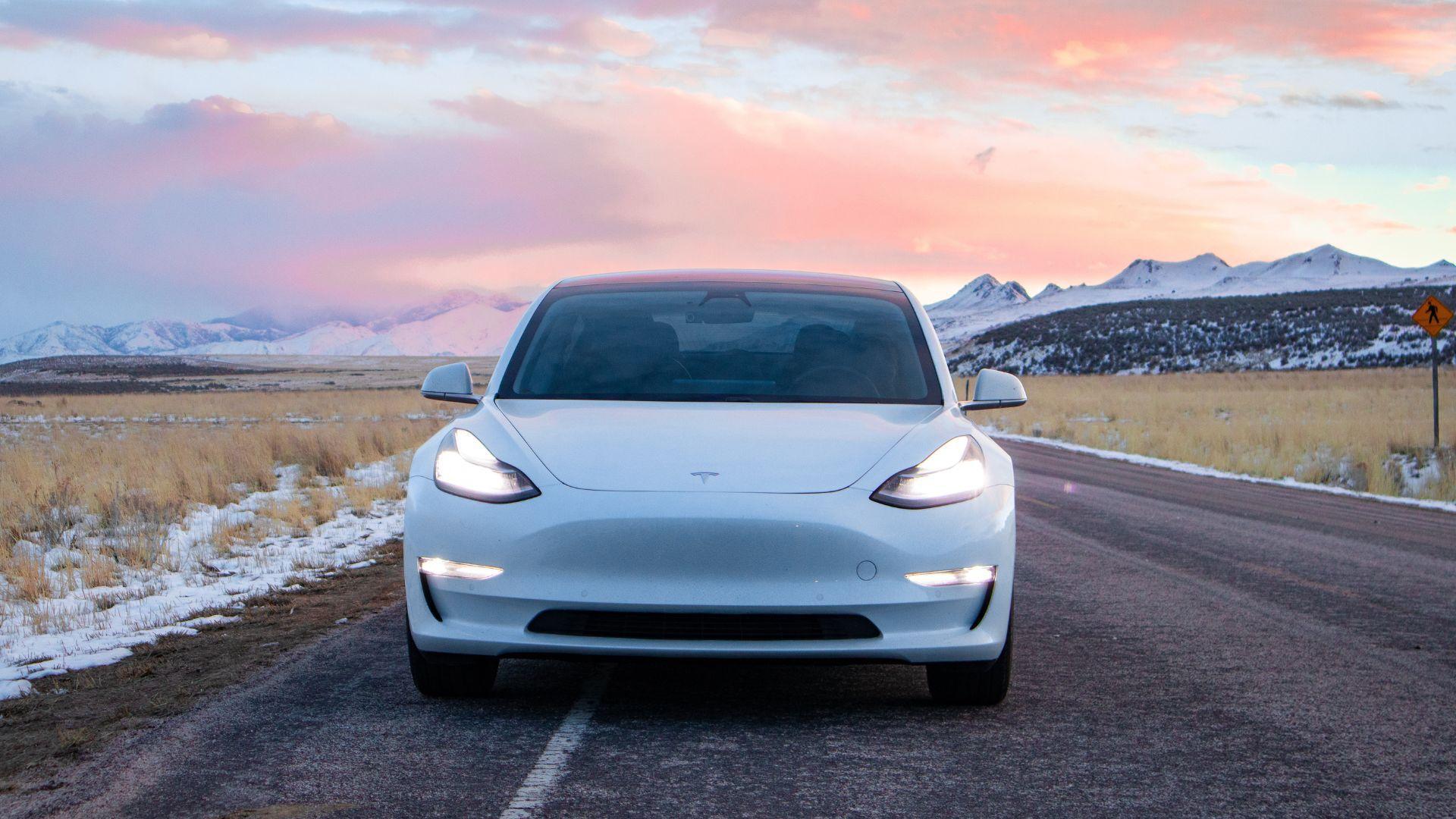
Despite these challenges, Tesla continues to innovate, adding new features to its driver-assistance technology.
This includes an upgrade marketed as “Full Self-Driving Capability.” As Tesla faces scrutiny, the company remains focused on advancing its technology, with CEO Elon Musk expressing confidence in the future potential of autopilot and fully autonomous vehicles.
